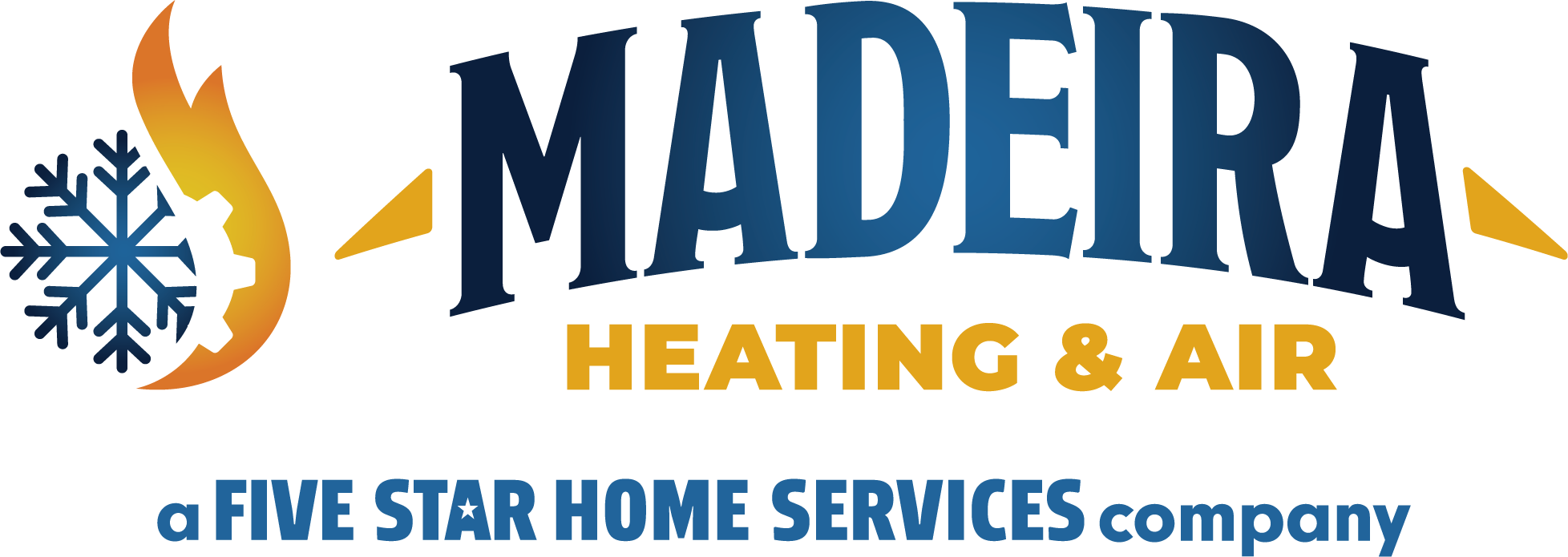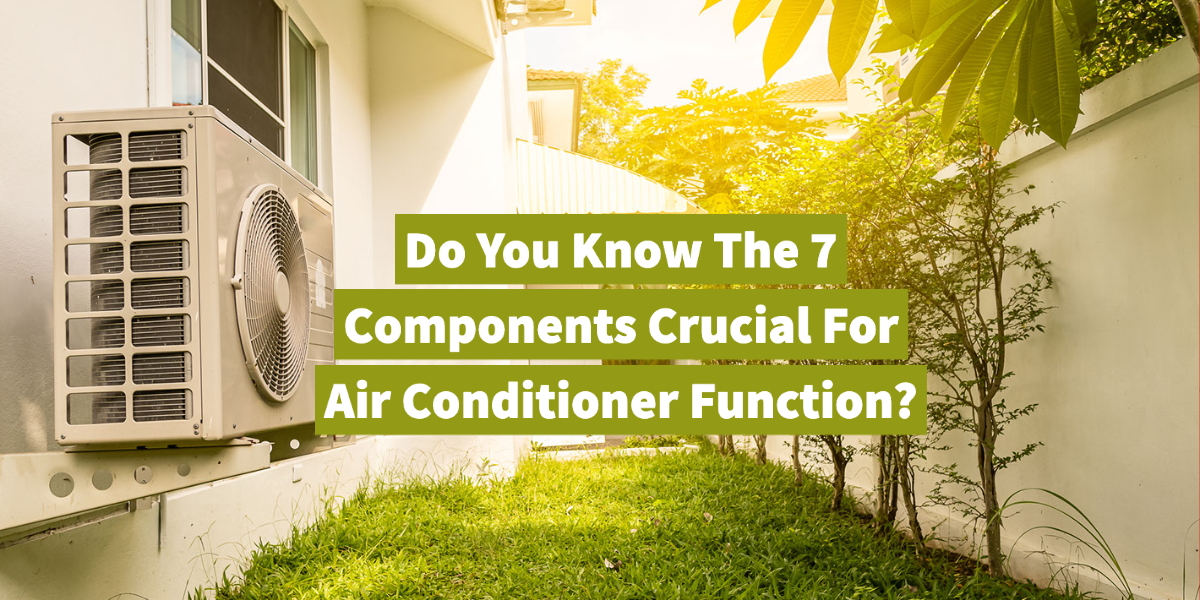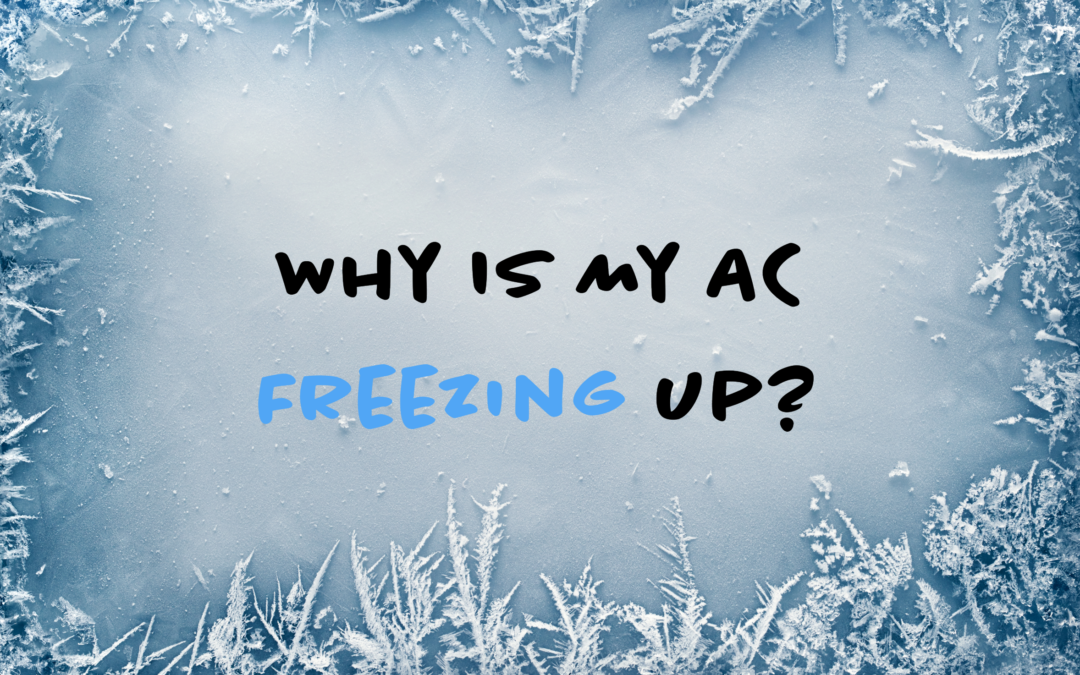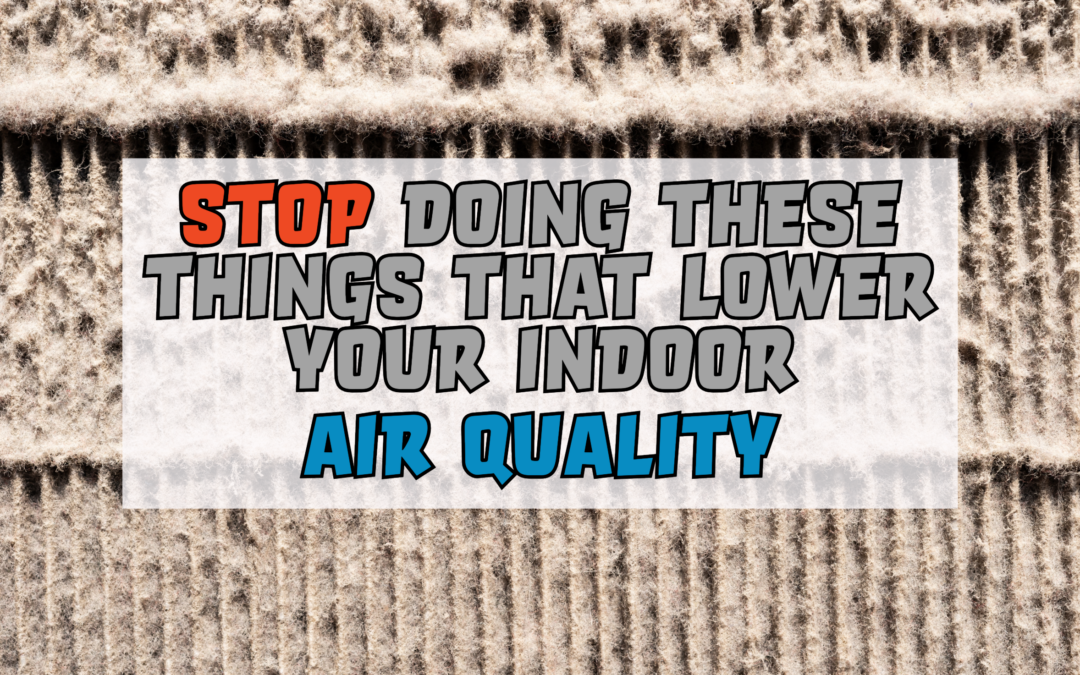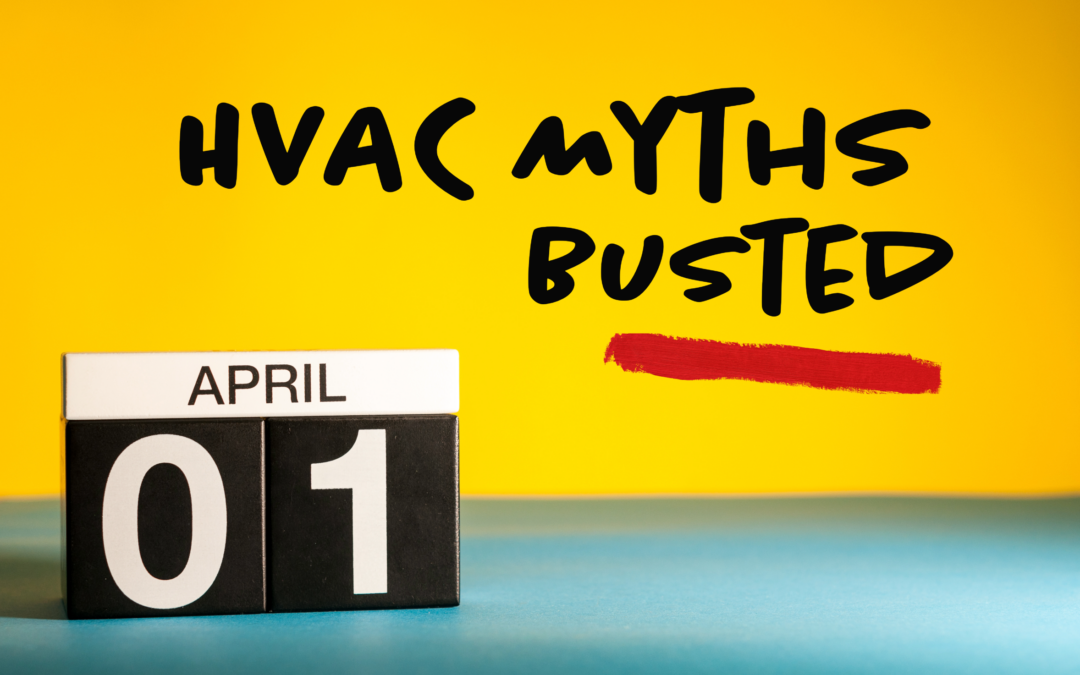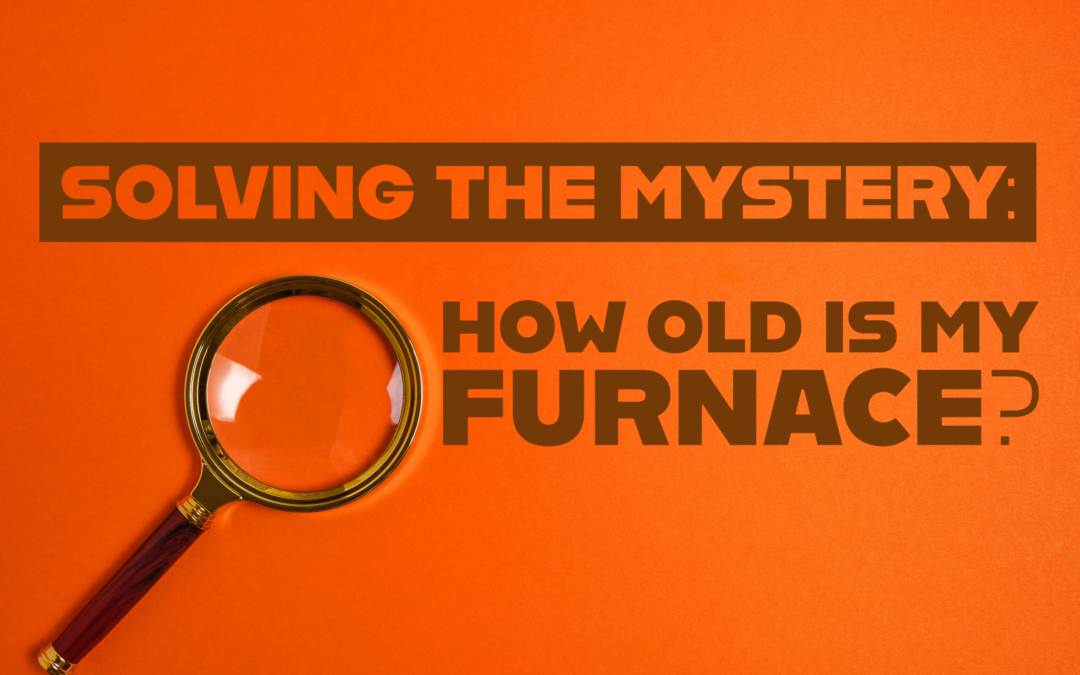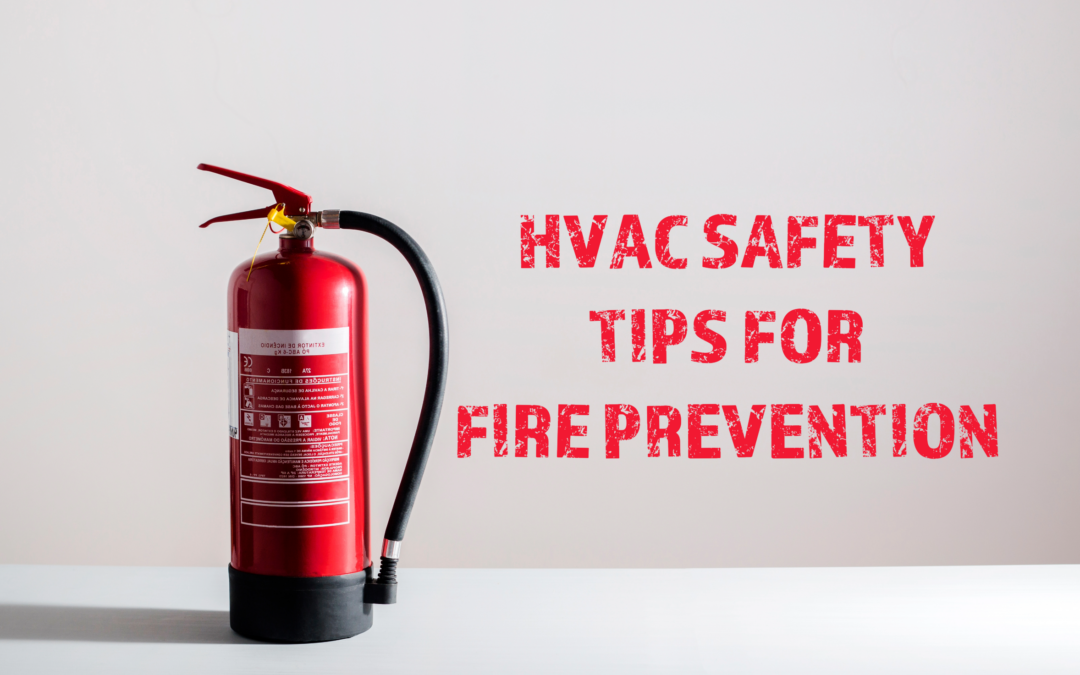Many of us have probably never given much thought to the air conditioner’s cycle and how everything works. We don’t blame you! However, we do believe that it’s critical to learn about the components of your air conditioner and how they are intended to function. Although you may not consider it necessary to learn about the seven components required for air conditioner operation, we strongly urge you to continue reading these points from Madeira Heating & Air. If an issue with your system arises, later on, you may thank us. After all, knowledge is crucial in making informed judgments as a homeowner.
What Does the Evaporator Coil Do?
The evaporator coil is the first stage in the air conditioning process. It’s located within the air handler, and if it isn’t there, it’ll be nearby. The evaporator coil’s job is to dissipate any heat from your AC’s refrigerant as it goes through the coil.
What Does the Blower Fan Do?
The blower fan is the next component that we’ll look at. This element is located near the evaporator coil so that it may blow cool air over the coil to help keep the refrigerant cool.
What Does the Compressor Do?
Next, the compressor takes over! The refrigerant is then pumped from the evaporator to the copper tubing and onto the condenser after that. Because the liquid refrigerant is still in vapor form, it must be changed to a liquid condition before continuing with the cycle. This is when the compressor comes into play, turning refrigerant into a hot liquid state.
What Does the Expansion Valve Do?
The expansion valve, which is the component in between the condenser and evaporator, is the next piece in the AC cycle. The refrigerant has lost its capacity to absorb heat since it changed to a liquid. To address this problem, the expansion valve adds a drop of pressure to the refrigerant when it enters, causing it to go back into gaseous form instead of becoming liquid again. This gas is rapidly cooled after the change so that it may proceed to the following stage.
What Does the Condenser Do?
The condenser’s main function is to turn the refrigerant back into a liquid form and distribute it back to the evaporator coil, where it may be circulated again in the air conditioning cycle.
What Does the Air Filter Do?
Airborne particles and pollutants linger in the air within our homes. As a result, we need clean air to optimize our health and well-being. This is made possible by your AC system’s air filters. Before the cold air enters your ductwork and is dispersed throughout all of your rooms, it goes through the air filters, which allow these airborne particles and loose debris to be sifted out.
What Does the Thermostat Do?
The thermostat is the final item we’d like to mention. You’re probably already aware of it as it is a rather commonly operated component. So, it might appear unneeded to discuss. Nevertheless, it’s still a key component of your entire cooling system. The thermostat, which is installed on a wall inside your house, serves as the main control panel for homeowners to adjust and manage their preferences for temperature and other HVAC settings.
You don’t need to be an HVAC specialist to have a basic knowledge of how your home’s AC system works. We hope this information has been helpful to you and has provided a better perspective into how your entire AC system functions. Please, bear in mind that if something goes wrong with your unit, you can always try some easy troubleshooting methods. However, any significant work should be left to the professionals. Look no further if you’re looking for a locally owned HVAC company! We at Madeira Heating & Air would love to offer our services to you! You can reach us today at (513) 655-5125, or schedule an appointment online now by clicking here!
